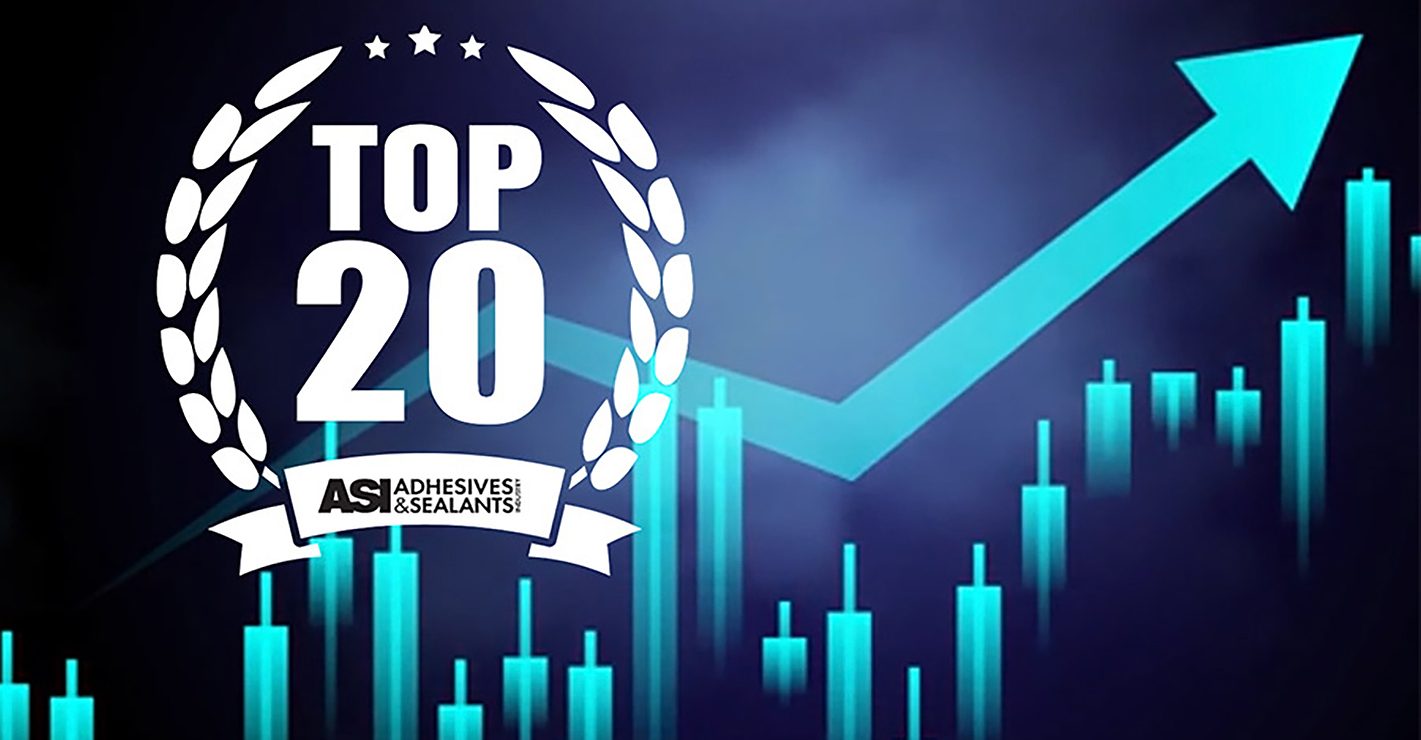Titanium dioxide (TiO2) is a unique chemical with a wide range of applications. Formulators have tried to increase the efficiency in TiO2 usage for many years. Because prices have recently skyrocketed, however, formulators have begun to look for substitutes in order to reduce TiO2 consumption.
Titanium dioxide provides the whiteness, brightness, durability and hiding power of coatings products. It aids in preserving the color quality for decorative coatings; in industrial coatings, it provides resilience and ultraviolet (UV) protection. In the plastics industry, TiO2 is predominantly used for making master batches (i.e., pigment concentrates used for final color mixing of the end product). Titanium dioxide is also directly added during compounding at the time of manufacturing. TiO2 is an integral part of PVCs and other engineering plastics.
Hence, a strong focus on substitution is only commercially viable for the above two downstream industries—the coatings and plastics industries. It is much more difficult to replace TiO2 in specialty niche applications where it becomes an indispensable part of the application.
Unfortunately, TiO2 is among the few pigments that are technically arduous to substitute, and several critical issues must be addressed:
• Which downstream industries might benefit the substitution market?
• What factors govern the substitutions market?
• Where is the market moving in terms of substitution? Is the TiO2 market prepared to accept a formulation with substitutes?
• Should industries procuring TiO2-containing products be wary of this trend?
MARKET GROWTH
Titanium dioxide is a specialty pigment whose market size is almost eight times that of its parent metal, titanium. With its diverse applications, titanium dioxide is one of the few commodities that exhibit a one-to-one growth relationship with a nation’s GDP. With the anticipated increase in the standard of living, especially in quickly emerging nations like China and India, its demand is bound to be on the rise.
Due to the increasing importance of TiO2, its pricing has increased rapidly over a short timeframe (see Figure 1). Titanium dioxide, which was priced only around $2,300-2,500 per metric ton in 2010, is currently being traded at $3,600-3,700/metric ton. The prices are projected to hover around $5,300-5,400/metric ton by 2015.
It is nearly impossible to substitute TiO2completely, but formulators have developed various substitute products and replaced anywhere between 5-15% of TiO2 over the years. In order to understand the factors that drive the substitution market, it is important to first understand those downstream segments that could potentially benefit from the substitution market (see Figure 2). From the end-user demand segments, it is evident that the coatings and plastics segments contribute a little more than 80% of the total end-user markets.
EXTERNAL INFLUENCES
A number of factors influence and govern the substitutions market.
Lifetime Quality
Technical specifications and their influence on the final quality of the product over time are one of the strongest deciding factors. Table 1 lists existing substitute formulations prevalent in the current TiO2 market. However, none of the existent substitutes align closely to all of the desired properties inherent in TiO2.
Price
Difference in the prices of TiO2 and the substitute material would have a significant impact on whether formulators should opt for a given substitute or not.
Possible Reactions
The substitute should have minimal impact on the other ingredients of the final product. Any undesirable reaction with other components could compromise the final quality of a given product.
Resource Availability
Apart from the huge financial investment needed for R&D of the substitute formulae, the availability of technical and market resources to reformulate can also influence a manufacturer to step into the substitute market.
LOOKING AHEAD
Fear of TiO2 substitution need not come directly by means of substitute formulations. The demand market of TiO2 could be considerably affected by even a slight change in attitude of the end-user industries. For example, the downstream segment for packaging bags/wrapping plastic sheets/trash bags is slowly moving toward other colors, including black. This migration toward supplementary colors could significantly lower the demand for the white pigment (TiO2).
In addition, automobile manufacturers could potentially reduce the thickness of the coatings used on their vehicles. This initiative could lead to a drastic fall in the demand, as automobile coatings represent a significant TiO2 end-user industry.
In these situations, it is important to ask the following questions: Why are plastic end users opting for other colors? Can’t they continue with the traditional white color, even if it means substituting only a minimal portion of TiO2? Why do automobile manufacturers prefer to reduce the thickness of the paint coating instead of choosing paint with acceptable amounts of a substitute for TiO2? Is the TiO2 market truly prepared to accept a formulation with substitutes?
The answer to all of these questions is no. Most global leaders in both the coatings and plastics industries are still unwilling to venture into the substitute market for the fear of decreased quality of the final product.
INCREASED AWARENESS
In this highly diversified, yet competitive end user landscape, manufacturers must be careful about procuring TiO2. Any changes to TiO2 formulations could jeopardize the quality of the final product. Once the quality is compromised, manufacturers would likely lose customers, and competitors would quickly jump at the opportunity to grab the market share.
Despite the considerable number of substitute formulations under development, nothing noteworthy has been successful. The fact that some manufacturers have compromised quality by substituting 10-15% in their TiO2 formulations often goes overlooked. However, major industry players are still cautious not to venture too much into the substitutions market.
Although the TiO2 market has continuously worked toward substitute formulations, it is not expected to gain dominance in the next two to three years—and definitely not before the end of 2013. It is of paramount importance, however, to tread carefully when procuring TiO2/TiO2-containing products; compromising TiO2 with a substitute could lead to a compromise in product quality.
For additional information, visit www.beroe-inc.com.







